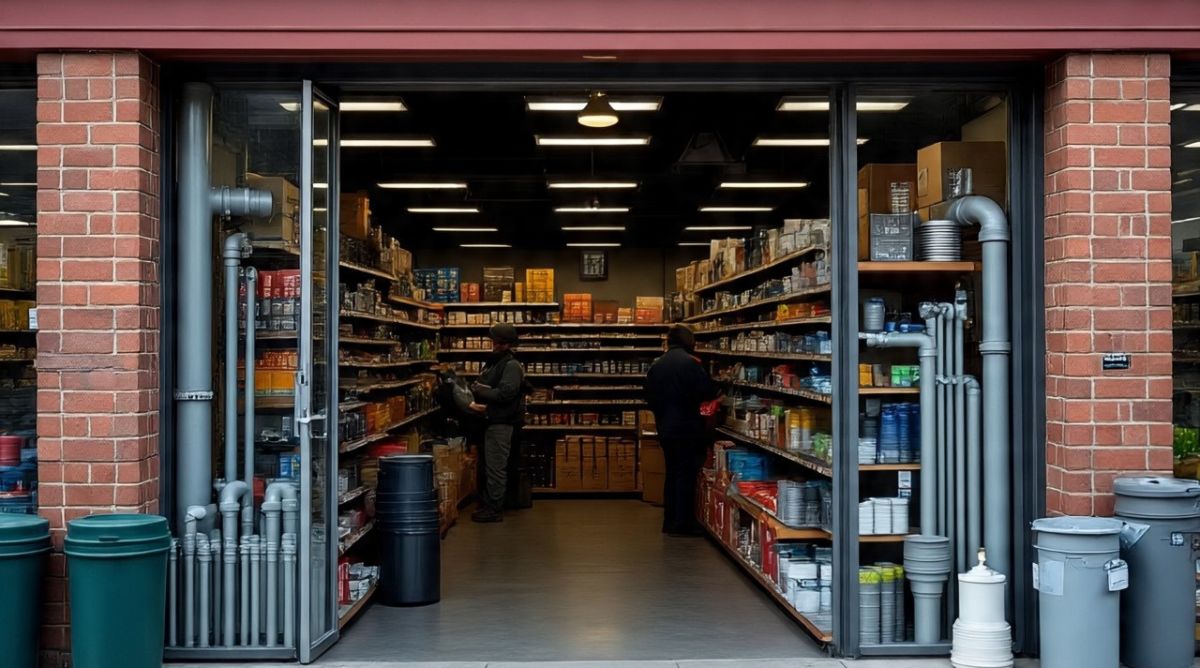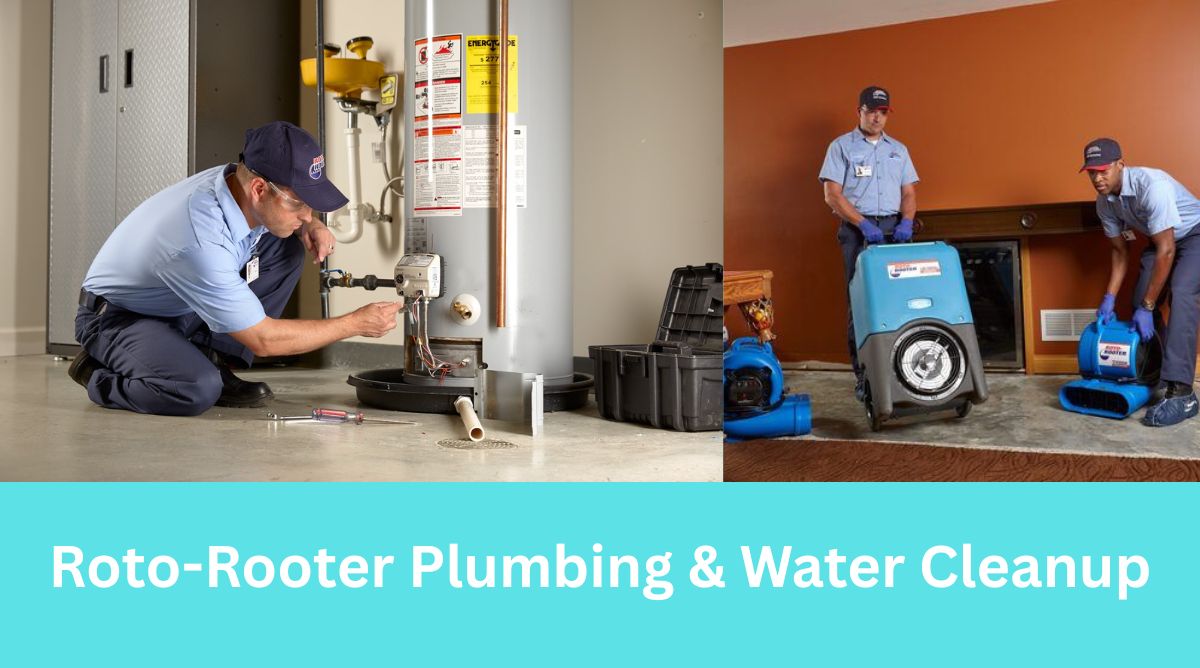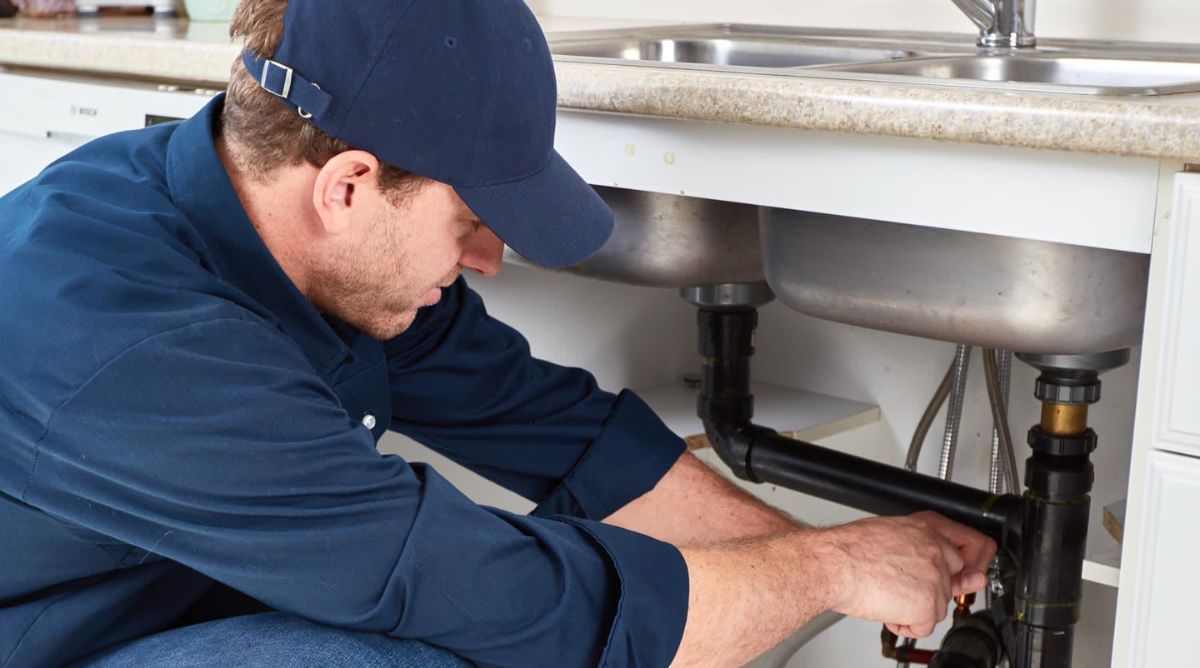When it comes to maintaining, upgrading, or constructing any plumbing system—whether residential, commercial, or industrial—general plumbing supply plays a central role. From pipes and fittings to fixtures, valves, and tools, the supply chain for plumbing materials is what keeps water flowing and waste systems operating efficiently in our daily lives.
This article offers an in-depth look at the world of general plumbing supply, including types of products available, where to buy them, industry trends, and tips for selecting quality plumbing materials.
What Is General Plumbing Supply?
General plumbing supply refers to the complete range of equipment, components, fixtures, and tools used in the installation, maintenance, and repair of plumbing systems. These supplies are essential for ensuring safe water delivery, efficient drainage, and compliance with plumbing codes and standards.
Categories of General Plumbing Supplies Include:
- Pipes and Tubing (PVC, copper, PEX, etc.)
- Fittings and Valves (couplings, elbows, ball valves, etc.)
- Water Heaters and Boilers
- Toilets, Sinks, and Faucets
- Drainage Systems and Sewer Pipes
- Seals, Gaskets, and Adhesives
- Plumbing Tools (pipe wrenches, cutters, threading tools)
- Backflow Preventers, Sump Pumps, and Water Filters
These products are available through a network of manufacturers, wholesale distributors, and retail outlets that cater to professional plumbers and DIY homeowners alike.
Importance of Quality Plumbing Supplies
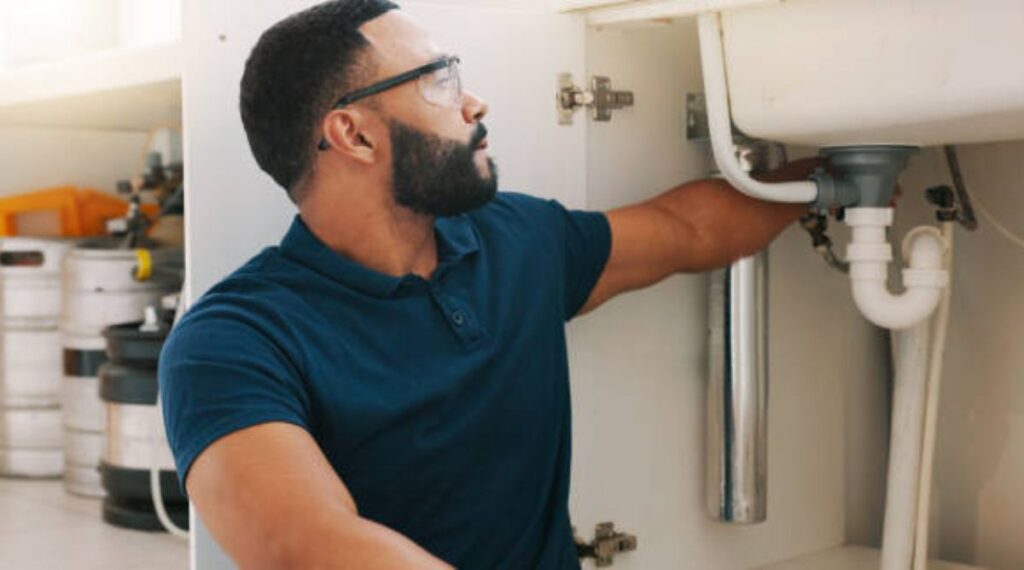
The durability and efficiency of any plumbing system depend on the quality of supplies used. Substandard materials can lead to:
- Leaks and water damage
- Low water pressure
- Pipe corrosion
- Frequent repairs
- Health risks due to contamination
This is why choosing trusted brands and reliable suppliers is essential for long-term performance.
Types of Plumbing Pipes Available in General Supply
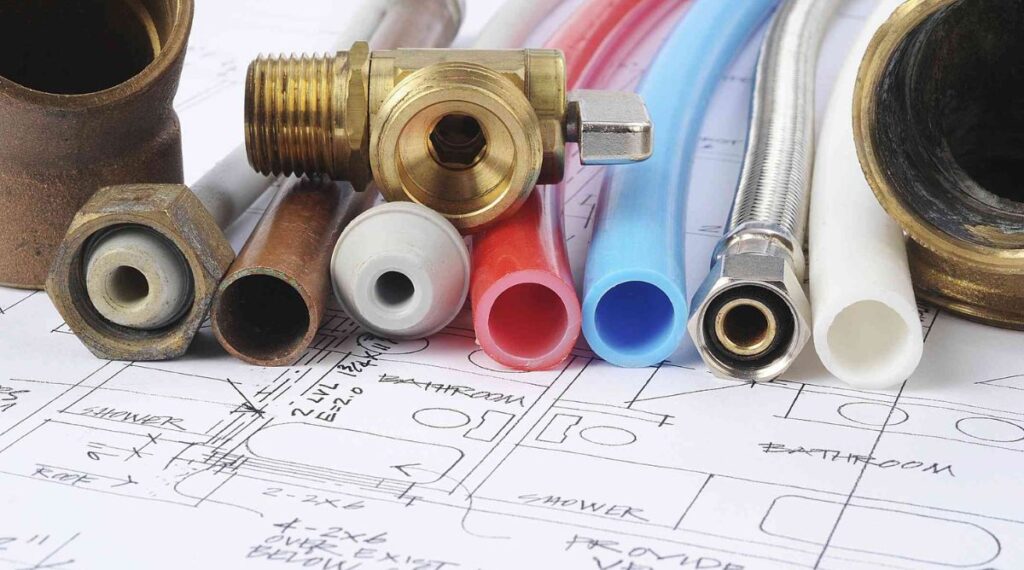
1. PVC (Polyvinyl Chloride) Pipes
- Lightweight, affordable, and easy to install
- Ideal for drainage, waste, and vent systems
- Not suitable for hot water applications
2. Copper Pipes
- Long-lasting and corrosion-resistant
- Commonly used in water supply lines
- More expensive and requires soldering
3. PEX (Cross-linked Polyethylene) Pipes
- Flexible and easy to install
- Ideal for both hot and cold water supply
- Resistant to freezing and bursting
4. Galvanized Steel Pipes
- Used in older homes
- Prone to corrosion over time
- Mostly replaced by copper or PEX in modern systems
5. Cast Iron Pipes
- Used for sewer and drainage systems
- Strong but heavy and difficult to work with
Each pipe type has its ideal use case, and general plumbing suppliers stock them in various sizes and lengths.
Plumbing Fixtures and Fittings
A key part of general plumbing supply involves fixtures and fittings that ensure connectivity and function throughout the system.
Common Fittings:
- Elbows – To change pipe direction
- Tees and Wyes – For branch connections
- Couplings – To connect two pipes
- Adapters and Reducers – For joining pipes of different sizes or materials
Common Fixtures:
- Faucets and taps
- Toilets and cisterns
- Bathtubs and showers
- Sinks and basins
Modern suppliers often stock both traditional mechanical fittings and smart plumbing fixtures that support automation and water conservation.
Where to Buy General Plumbing Supplies
1. Plumbing Supply Stores
These are dedicated outlets that specialize in plumbing materials. They usually offer professional-grade products and knowledgeable staff.
2. Home Improvement Retailers
Chains like Home Depot, Lowe’s, or Bunnings offer a wide range of plumbing supplies for both pros and DIYers.
3. Online Plumbing Supply Stores
Websites such as:
- Ferguson.com
- PlumbersStock.com
- SupplyHouse.com offer a vast selection with home delivery options.
4. Wholesale Distributors
For contractors and large projects, wholesale suppliers offer volume discounts and tailored account management.
Choosing the Right Plumbing Supply Company
When sourcing plumbing supplies, selecting the right supplier is as important as the product itself.
What to Look For:
- Inventory range – Do they carry multiple brands and sizes?
- Product availability – Is the item in stock or made to order?
- Expert advice – Are staff trained in plumbing?
- Pricing transparency – Are prices competitive and clear?
- Delivery options – Can they deliver to job sites?
- Return policies – Can you return unused items?
Established suppliers also ensure compliance with local plumbing codes, which is vital for inspections and legal operation.
Trends in the Plumbing Supply Industry
The plumbing industry is not immune to innovation. The general plumbing supply sector has evolved significantly in recent years due to the following trends:
1. Sustainability and Water Efficiency
Modern fixtures now prioritize:
- Low-flow faucets and toilets
- Tankless water heaters
- Greywater recycling systems
2. Smart Plumbing
Integration with home automation allows:
- Remote leak detection
- Smart water shutoff valves
- Temperature-controlled showers
3. Push-Fit and No-Solder Fittings
Time-saving fittings like SharkBite have become popular due to ease of use and reliability.
4. Online Supply Chains
More professionals are turning to online suppliers for convenience, price comparison, and faster delivery.
Common Tools Found in General Plumbing Supply Stores
Plumbing supply stores don’t just sell pipes and valves—they’re also the go-to source for specialized tools, such as:
- Pipe wrenches
- Pipe cutters (manual and electric)
- Threading machines
- Plungers and augers
- Leak detection devices
- Pipe insulation and sealing kits
These tools are essential for accurate installation, safe repair work, and maintenance of systems.
Plumbing Supply for Residential vs Commercial Use
Residential Plumbing Supplies:
- Smaller diameter pipes
- Fittings for kitchens, bathrooms, and laundry
- Low-flow fixtures for energy savings
Commercial Plumbing Supplies:
- Large-volume water heaters
- Backflow prevention systems
- Industrial-grade pipe and fittings
- Pressure regulators and heavy-duty valves
Suppliers often categorize their products based on application type to help contractors find the right materials quickly.
Cost of General Plumbing Supplies
Prices can vary significantly depending on material, size, and brand.
Example Price Ranges (USD):
| Item | Price Range |
|---|---|
| PEX Pipe (25 ft) | $15 – $30 |
| Toilet (standard) | $100 – $300 |
| Kitchen Faucet (single-handle) | $80 – $200 |
| Pipe Wrench | $20 – $70 |
| Water Heater (40 gal) | $400 – $900 |
Bulk purchases from wholesalers can reduce costs significantly for contractors and commercial buyers.
Safety and Plumbing Code Compliance
General plumbing supply vendors also ensure that products meet safety standards and comply with local plumbing codes.
Examples include:
- NSF/ANSI 61 Certification for drinking water safety
- UPC (Uniform Plumbing Code) labeling
- AS/NZS Standards in Australia and New Zealand
Always check that your selected products are approved for your region and type of project.
Link to Explore More:
To explore the broader concept of plumbing systems and their components, visit Wikipedia – Plumbing
Conclusion
Whether you’re a homeowner tackling a weekend repair, a plumber managing multiple projects, or a contractor outfitting a new building, having access to a reliable general plumbing supply source is crucial. From the basics like pipes and valves to advanced smart fixtures and water-saving appliances, a comprehensive supply outlet ensures you get the job done right, on time, and within budget.
Choosing quality materials from reputable suppliers protects your investment, promotes safety, and ensures long-term performance. As plumbing systems evolve, staying informed about the latest tools, materials, and technologies will help you remain efficient and competitive.
So next time you think of replacing a faucet, fixing a leak, or designing a plumbing layout from scratch, remember: the foundation of your success begins with the right supply.






